BMWs have a reputation for being reliable, strong, and resilient. One of the things that make BMWs this way is the DSC. What is DSC in a BMW?
The DSC in a BMW stands for dynamic stability control. It is one of the features that BMWs are known for. This BMW feature is a suspension control system that offers more than the anti-lock brake system (ABS), the automatic stability control (ASC), and the corner brake control (CBC).
You might wonder if the DSC of a BMW should always be in the “On” position. No, it would be best to switch it off when installing traction devices such as snow chains in your vehicle. It is automatically switched on when you turn the ignition on. You can switch off the DSC by pressing and holding the DSC OFF button.
Read on to learn more about the DSC in BMWs, their function, how they work, and why they fail.
What Is DSC in a BMW?
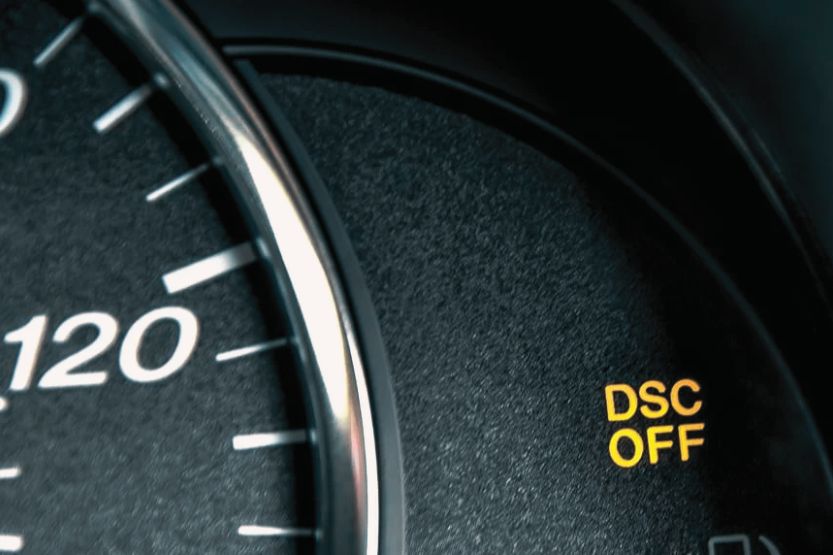
The DSC is a feature that BMWs are known for. It stands for dynamic stability control and is one of the things that make BMWs reliable.
This is one of the features of BMW vehicles that are part of their suspension control system. It goes beyond what the ABS, ASC, and CBC can offer.
Should the DSC always be on or off? It would be best if you switched off the DSC when installing tracking devices such as snow tires on your vehicle. The DSC automatically switches on whenever you turn on the ignition. To switch off the DSC, you should hold its OFF button briefly.
A common cause of the DSC not working correctly is when its dash light is on. This usually happens when you have a bad or low battery connection. It means the DSC is not getting enough power from the battery to work.
If your BMW’s DSC has significant problems, the only person who can fix it is an experienced mechanic. But if it’s only a minor problem, you can fix it yourself by changing the battery, resetting the system, or topping up the brake fluid.
What Is the Main Purpose of DSC?
The DSC of a BMW is one of its safety features. It primarily controls the vehicle’s suspension with assistance from three other safety systems, the ABS, the CBC, and the ASC.
This particular system is complex. It uses different sensors to optimize the driver’s driving experience according to their specific driving style.
So, even as a safety feature, it is also a vehicle performance optimizer. It regulates or controls the vehicle’s speed while considering the road conditions that can make your wheels spin, your car fishtailing uncontrolled, or drift.
The DSC constantly monitors the following:
- Speed of the vehicle,
- Steering angle,
- Wheel rotation,
- Lateral and transverse acceleration,
- Yaw, and
- Brake pressure.
So, this feature can warn you of imminent instability when cornering, especially if the road is slippery because of rain or snow.
The DSC will intervene through the engine management system when it detects instability. It will reduce drive torque and activate all-wheel brakes individually to maintain the vehicle’s stability.
While a car runs even at average speeds, things can happen in milliseconds. That’s why BMW vehicles, and all vehicles for that matter, need the DSC. You need the DSC, especially if your usual driving takes you to risky road conditions.
How Does the DSC Work?
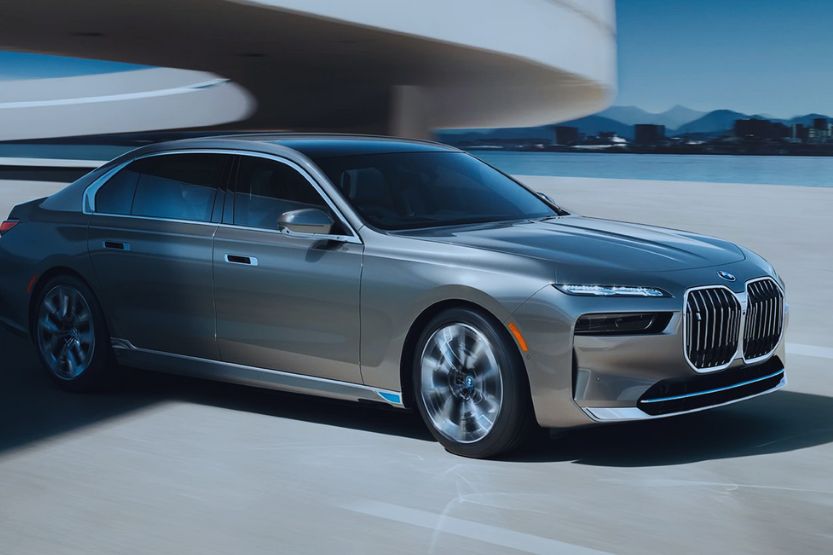
DSC Gathers Data While You’re Driving the Car
DSC receives several info while you are driving your car. It receives information about the brake pedal position and force, the throttle position, the steering angle sensor, and engine and vehicle speed.
All this data is gathered and fed to the DSC control module and processed by the system. The DSC calculates the ideal driving condition based on the vehicle’s current status.
The computed ideal departs from the measured condition if the BMW vehicle understeers or over-steers.
Maintain Your Car’s Intended Path
The DSC will then intervene within just a few milliseconds through the engine management system. It will either cut the fuel, apply brakes at different wheels, or take other steps that it deems necessary at that point.
The DSC can keep your BMW to observe the laws of physics. It will keep your vehicle on your intended path. This is what you need every time you are driving. It can even reduce the wheel’s power if it detects wheel slip.
The DSC can sense if your car is about to spin. It will intervene by tracking your car, the gas pedal, and the input of the steering wheel. This system is a superb safety feature in a
BMW car. It can save you and your passengers from accidents if your vehicle gets uncontrolled.
To cut the engine power, the DSC uses the ASC+T system. If that is not enough to maintain traction, it will also use the ABS and apply braking power in whatever wheel needs stopping.
DSC Uses Different Sensors
To do its job, the DSC uses different sensors. It monitors the steering wheel angle sensor to detect the driver’s path. Then it will use lateral acceleration to determine the forces and transmits the information to the tires so they can safely navigate the road.
The rate-of-turn sensor determines the car’s degree of rotary movement, and the brake–pressure sensor determines the longitudinal forces working between the road surface and the tires when you step on the brake.
If something goes wrong and your car starts to under-steer or over-steer, the DSC will counter the situation and apply the brakes. Every hydraulic and electronic system will rapidly and precisely act. You won’t feel anything as the DSC is doing its work.
Again, what is DSC in a BMW? The BMW’s DSC or Dynamic Stability Control is a system that allows the BMW to optimize the driving experience based on a driver’s driving style. It makes use of different sensors.
What Are the Symptoms of a Failing DSC?
Before the DSC fails, it will show signs of undergoing specific problems. It is intricately connected with the ABS, the CBC, and the ASC systems. So, if any of these three systems experience issues, the DSC will have issues too.
For instance, if you notice your dashboard light displays a warning light that says “ABS” or “DSC,” You should not ignore the light but have it checked by a qualified BMW mechanic. They will read the trouble code using their OBD 2 scanner.
Alternatively, you may discover that your battery cannot hold a charge because the DSC is not working correctly. A competent BMW car mechanic should also examine this condition for the proper fix.
Here are some of the most common symptoms of a failing DSC.
- Your BMW will produce unusual noises when you turn the wheel or step on the brakes.
- The DSC dashboard light is flashing.
- The steering feels heavier than usual.
- Your BMW pulls to one side when you step on the brakes.
- You feel some vibrations when you step on the brakes.
Don’t ignore these symptoms. If you see any of these symptoms, have your BMW examined at once by a competent BMW car mechanic.
What Cause DSC Failure?
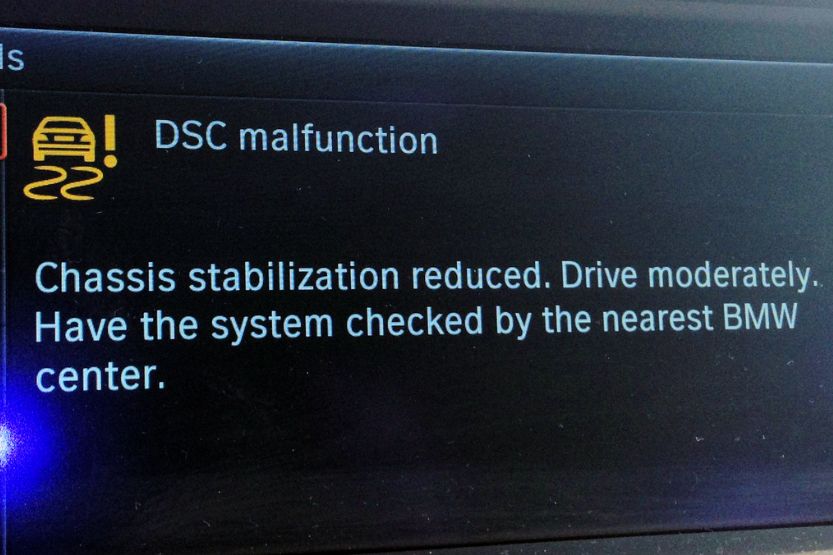
There are many components of the DSC system of a BMW. If any of these components malfunctions, the DSC will not be able to function:
1. Malfunctioning Sensors
If one or two of the DSC sensors malfunction, naturally, the DSC system will not work correctly. The DSC depends on these sensors to determine whether a BMW is working well. There are cases where a bad sensor can cause the entire DSC system to shut off.
If your BMW has even just one sensor that does not work correctly, it makes your vehicle unsafe to drive. It may cause the brakes not to work correctly. You may lose control of your car.
It may lose traction and skid off the road. These are some of the reasons you need to check the condition of the sensors regularly. Here are some of the other causes.
2. Hydraulic Pump Issue
Your DSC will also fail if your car has hydraulic pump problems. A damaged hydraulic pump cannot supply the right amount of pressure to the DSC system. If the DSC system has insufficient pressure, it won’t work correctly.
The hydraulic pump also recirculates the hydraulic fluid back to the reservoir. Once damaged, it won’t channel the fluid back to where it came from. It will also cause fluid loss, leading to system failure.
3. Software Problems
If the DSC is experiencing some issues, it may also not be able to adjust the braking force when required correctly. This system uses several sensors to track the steering angle and the wheel speed. If the system detects a loss of traction, it automatically applies the brakes to each wheel.
It will also reduce the engine’s power to help the driver regain control of the vehicle. However, if there is a software problem, BMW says it will cause the DSC system’s malfunction, resulting in reduced braking force.
Is There a Way to Prevent DSC Malfunctions?
There is one way to prevent the DSC of your BMW from malfunctioning easily. If you observe and follow the factory maintenance schedule of your BMW, you will be able to prevent its DSC system from failing.
If you sense that the DSC system of your BMW is starting to fail, bring it as soon as possible to a BMW car mechanic. The expert mechanics of BMW are well-qualified to diagnose and repair whatever specific problem that causes your DSC system to act awry.
Don’t wait until the problem gets more serious, and you will be able to save more trouble, money, and time for it to be fixed.
In Closing
In a BMW, the DSC refers to dynamic stability control. BMW is known for this safety feature. This is a feature that is a part of the suspension control system of the vehicle. It offers more than what the ABS, the ASC, and the CBC systems provide.
Should you always put the DSC in the “ON” position? No, it would be best to switch the DSC off when installing traction devices such as snow tires on your vehicle.
The DSC automatically switches on when you turn the ignition on. If you want to shut it off, you should press and briefly hold the DSC OFF button.



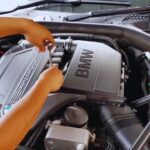

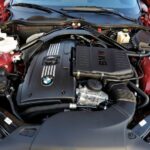

![Read more about the article Find License Plate Number [By VIN and Other Methods]](https://roadsumo.com/wp-content/uploads/2021/06/find-license-plate-number-300x200.jpg)
![Read more about the article Vehicle Tag Number [What Is It and How to Look It Up on a Car?]](https://roadsumo.com/wp-content/uploads/2022/02/vehicle-tag-number-300x200.jpg)
